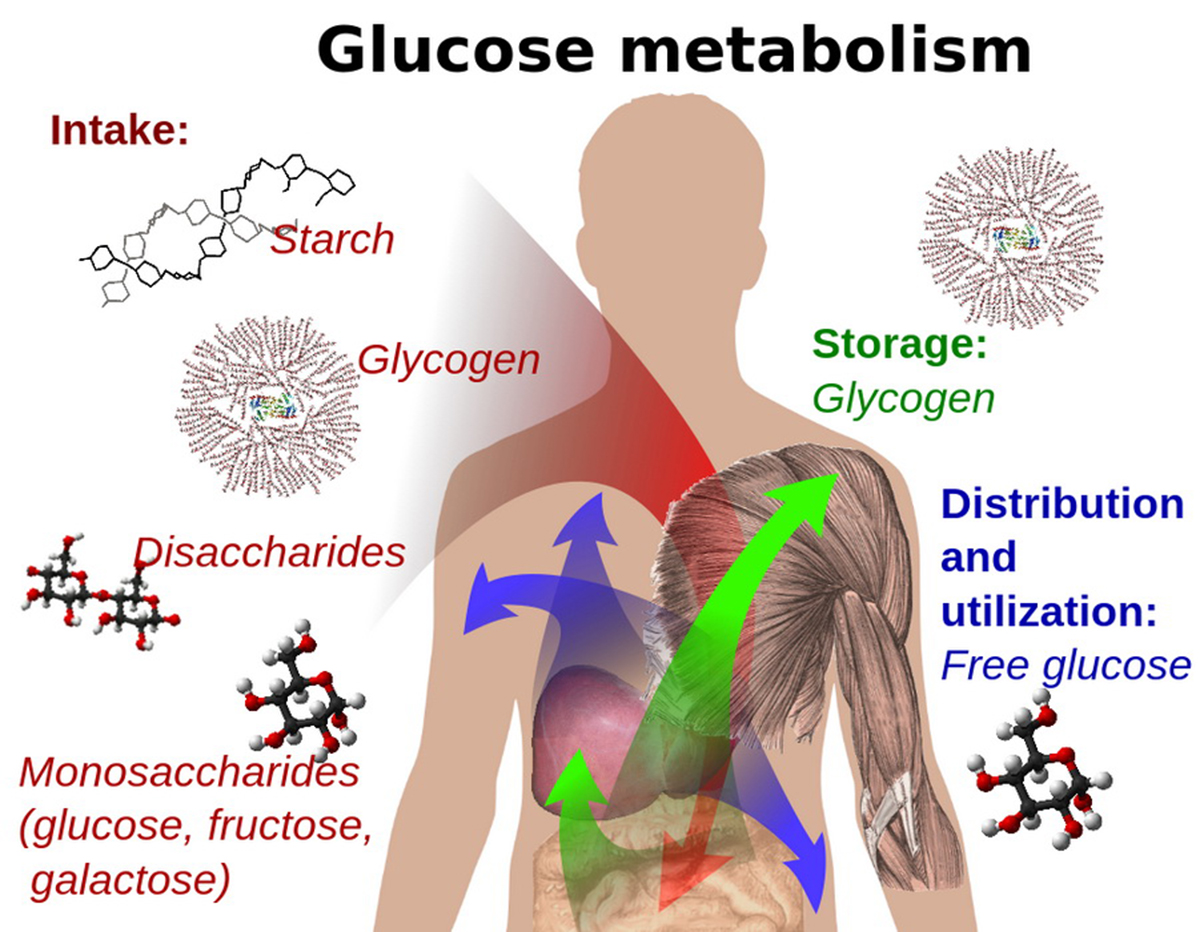Table of Contents
Have you ever heard or read about how carbs metabolism, insulin, and how this is alerted in people who are suffering from diabetes. Do we actually know what is happening, though? Metabolism is how your body transfers food and drinks into energy to fuel itself. Carbs metabolism is how your body processes carbohydrates.
Diabetes effects your metabolism and makes it so your body can no longer produce enough insulin. This means that your body can no longer properly store the energy it gets from food.
What exactly is carb metabolism and how does it tie into diabetes?
Metabolism, the energetic system of our body
Metabolism is a very common word that we usually relate to how fast or slow our body is able to process nutrients, specially fats and carbs from the food we eat. I bet you have heard more than once that someone has a “fast” metabolism, and that’s the reason why she or he stays slim. Well, this is not entirely wrong, but if we go a bit deeper, say to a cellular level, metabolism is how our cells transform the nutrients from food into energy.

How is this done?
The processes that convert proteins, carbs and fats into energy are different for each one of these nutrients. If any of the processes gets disrupted, it could cause severe damage to our body.
Several diseases are caused by metabolic alterations. For instance, phenylketonuria is an inherited disease that affects the processing of phenylalanine, a vital amino acid mainly present in meat, chicken, dairy and some legumes. Children suffering from the disease can develop very serious problems, including mental disability.
Diabetes mellitus also appears as a consequence of such a disruption in the metabolic processing of carbohydrates, causing an abnormal increase in blood sugar or glucose, and leading to life threatening consequences. But before getting into what causes diabetes, we need to know how carbs are metabolized, used and stored by our cells, under normal conditions.
From starches and complex sugars to glucose
The transformation of carbohydrates into simpler compounds starts in the mouth and continues in the small intestine, where carbs, in the form of sugars, are transported into the blood stream. By the end of this journey, all sugars are converted into glucose, which is the main source of energy that our cells use to carry out their functions.
See Also: The One Best Way To Increase Your Metabolism
Glucose is stored in the liver, but it can be released back into the bloodstream whenever the cells need it. How does this happen? A signal needs to be sent to the liver in order for it to know when store and when to release glucose, depending on the energetic requirements of our body. For example, after a meal, glucose will be stored in order to have it available for when you are not eating. The ones in charge of delivering this important message are insulin and glucagon, two hormones that work as a team to control the levels of glucose in the blood and cells.
- Photo courtesy of Mikael Häggström by Wikimedia Commons : commons.wikimedia.org/wiki/File:Glucose_metabolism.svg
- Photo courtesy of Alden Chadwick by Flickr : www.flickr.com/photos/aldenchadwick/6337933817/


Your thoughts on this